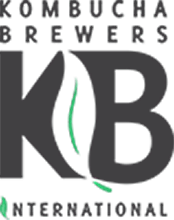KINETICS OF SACCHAROSE FERMENTATION BY KOMBUCHA
Authors:
Eva S. Loncar, Katarina G. Kanuric, Radomir V. Malbasa, Mirjana S. Duric, Spasenija D. Milanovic
Abstract:
The kinetics of saccharose fermentation by Kombucha is not yet well defined due to the lack of knowledge of reaction mechanisms taking place during this process. In this study, the kinetics of saccharose fermentation by Kombucha was analyzed using the suggested empirical model. The data were obtained on 1.5 gL-1 of black tea, with 66.47 g L-1 of saccharose and using 10 or 15% (v/v) of Kombucha. The total number of viable cells was as follows: approximately 5x10(5) of yeast cells per mL of the inoculum and approximately 2x10 (6) of bacteria cells per mL of the inoculum. The samples were analyzed after 0, 3, 4, 5, 6, 6, and 10 days. Their pH values and contents of saccharose, glucose, fructose, total acids, and ethanol were determined. A saccharose concentration model was defined as a sigmoidal function at 22 and 30C and with 10 and 15% (v/v) of inoculum quantity. The determination coefficients of the functions were very high (r(2)>0.9). Reaction rates were calculated as the first derivatives of Boltzmann's functions. No simple correlation between the rate of reaction and independent variables (temp and inoculum concentration ) was found. Analysis of the empirical model indicated that saccharose fermentation by Kombucha occurred according to very complex kinetics.
Keywords: kombucha, saccharose fermentation, kinetics, empirical model
Country: Serbia
Citation: Chem. Ind. Chem. Eng. Q. 20 (3) 345352
Study Mailing Address:
The University of Novi Sad, Faculty of
Technology, Novi Sad, Serbia
Date Updated: January 20, 2021
 0 people like this study.
0 people like this study.